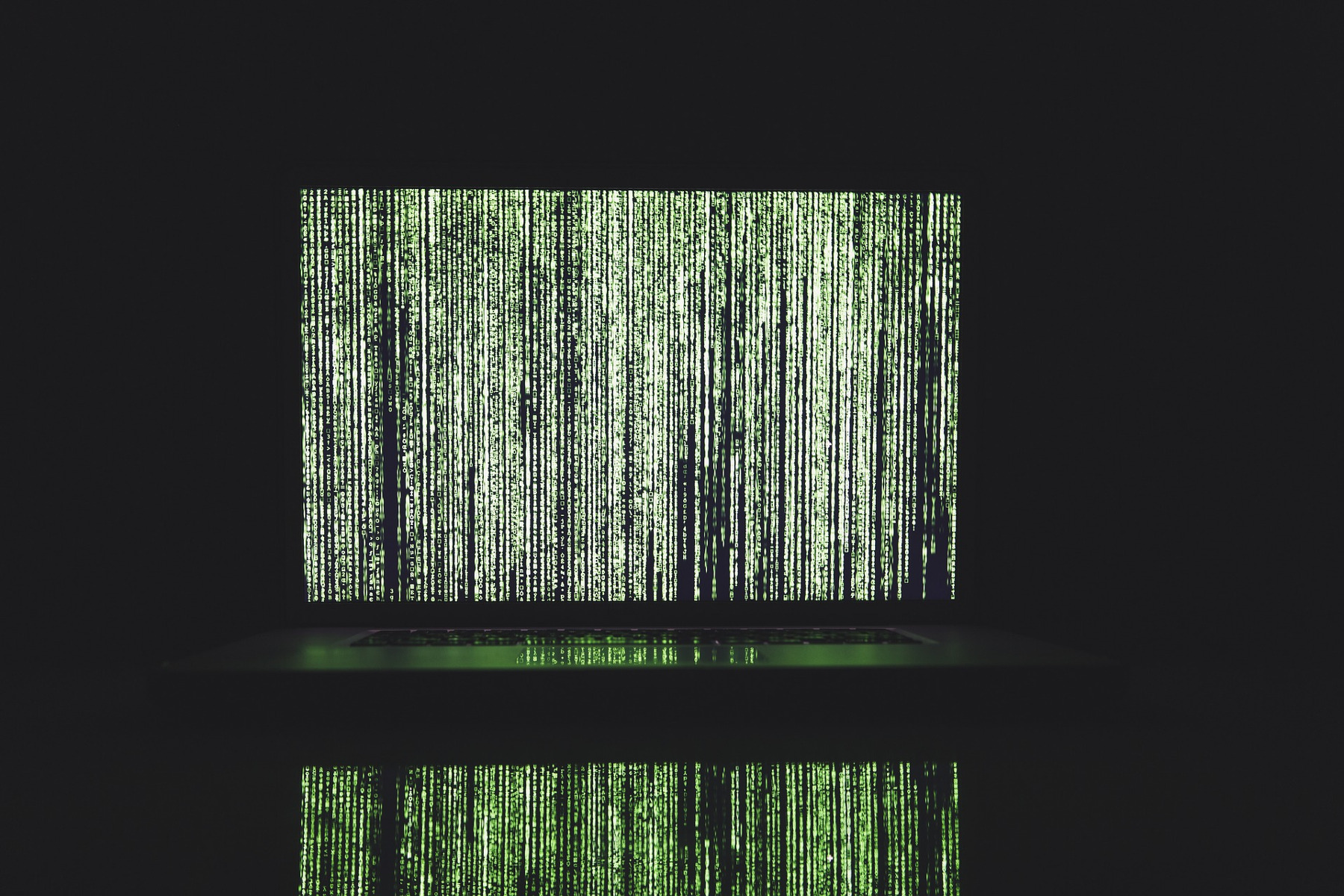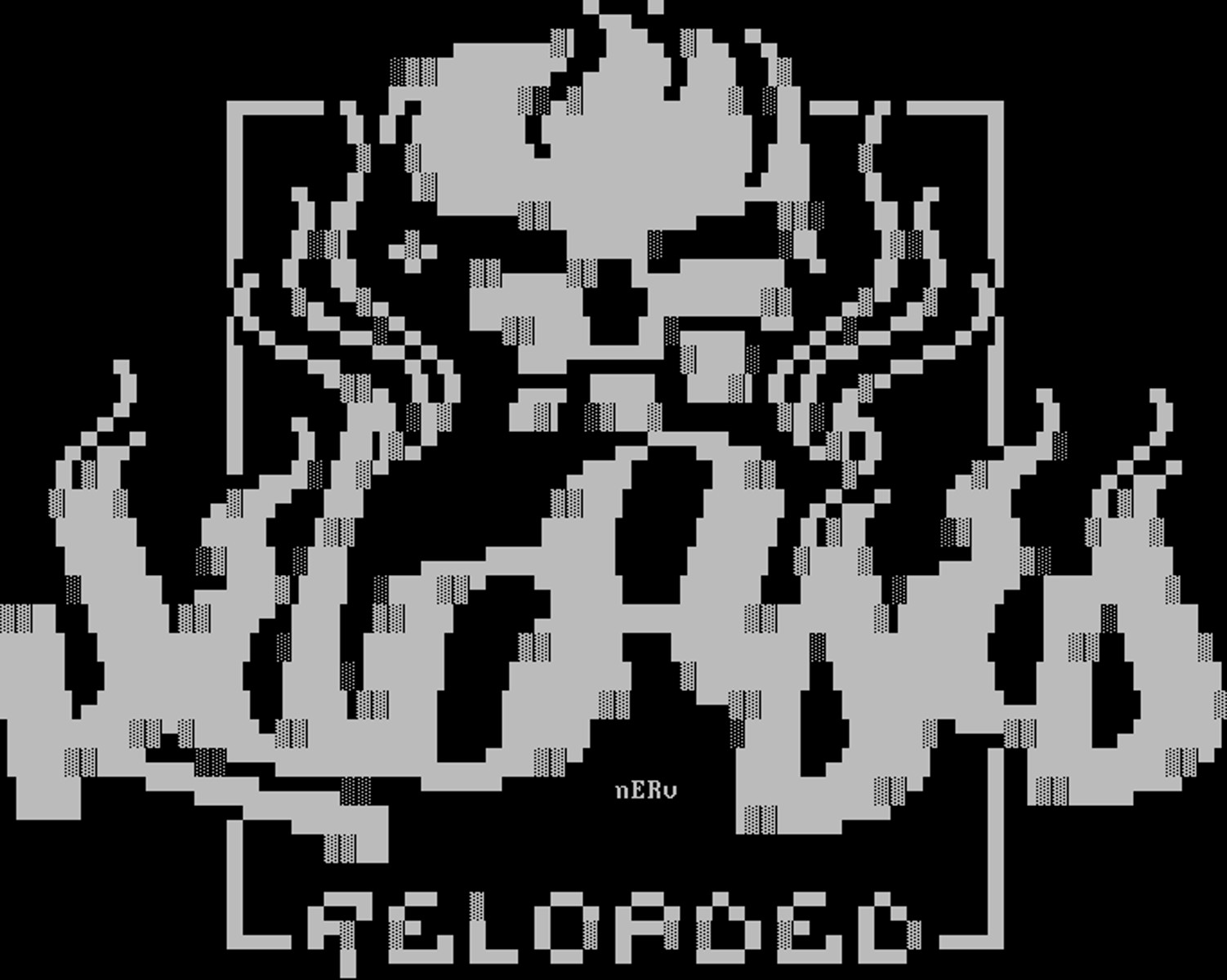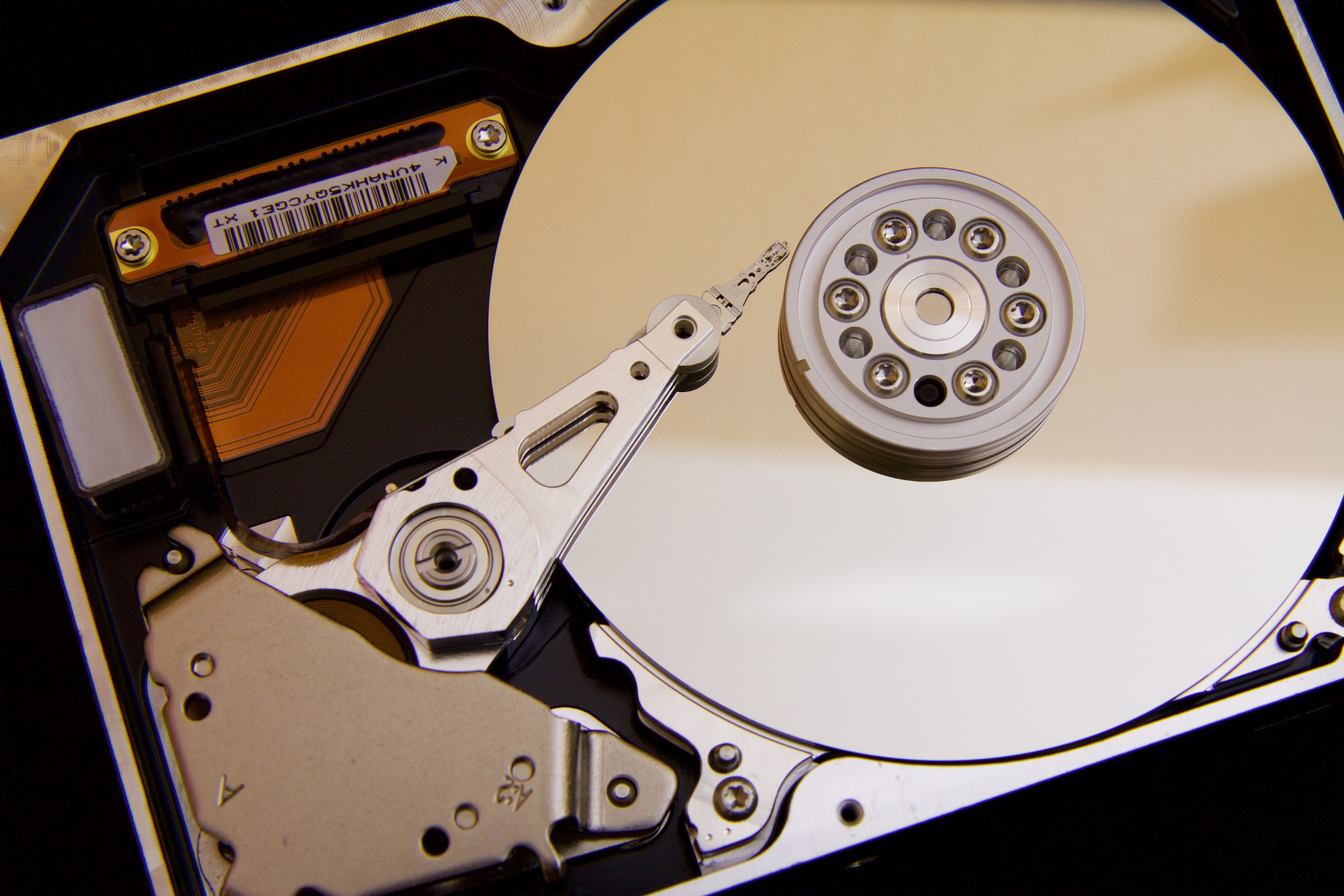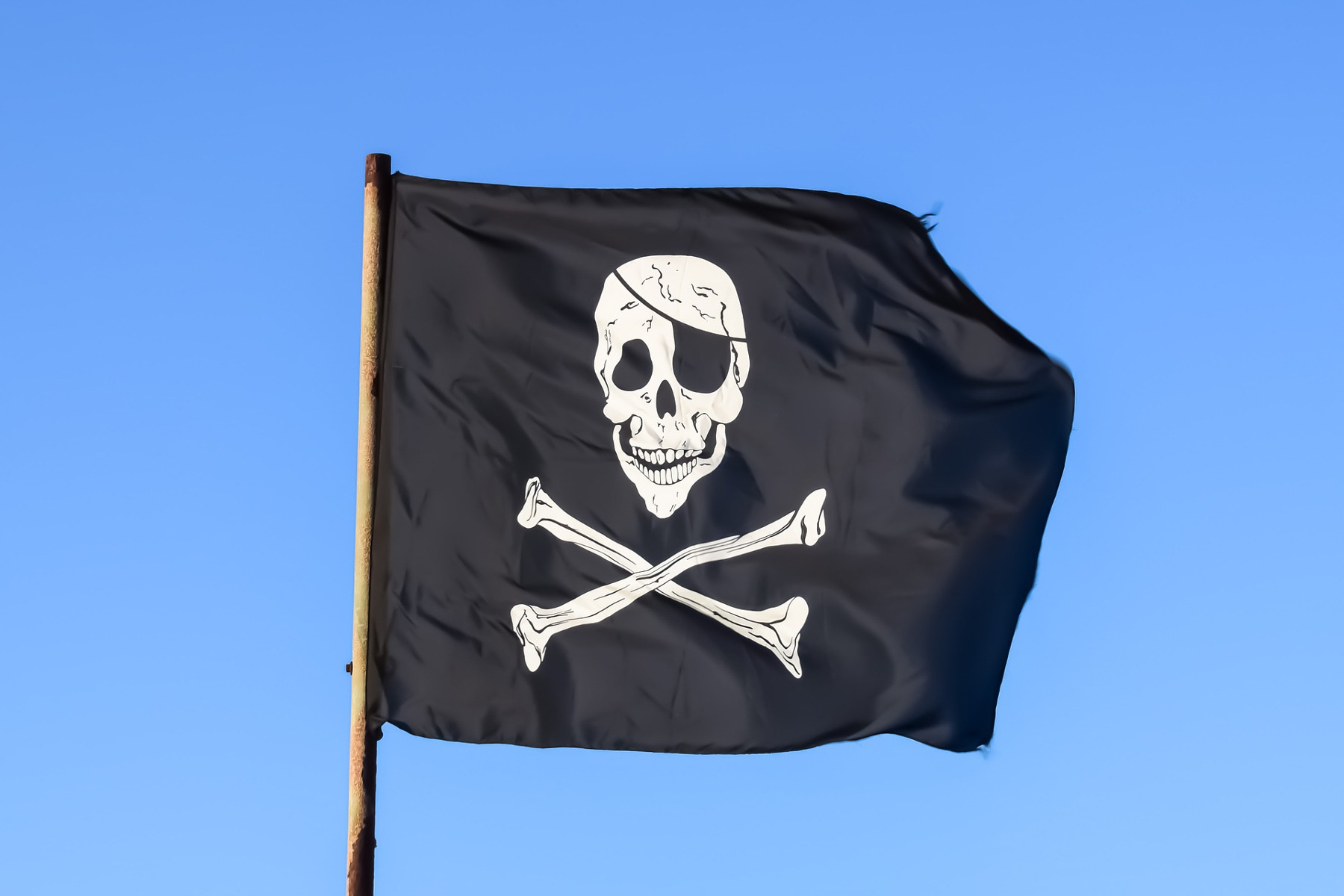Why Scene Groups Are Doing Software And Digital Media Piracy
Why scene groups are doing software and digital media piracy? To answer this question, the term of digital media piracy needed to be defined. Digital media piracy is a type of a theft, which involves stealing or copying a protected media content. These media contents can be exampled as music, films, programs, games, websites. Some groups called “scenes” are changing or removing the protection systems which called “digital right management system” to use and distribute this media without any protection that checks whether this media is legally licensed or not. These unprotected medias called “warez” are after their DRM’s removed, which the process’ name is “cracking”, will be released in their websites (Basamanowicz & Bouchard, 2011).

On the other hand, this procedure is considered as a crime, due to removing content creator’s license into the media and by that way the media can be distributed without any price that needs to be paid to content creator. This situation makes piracy harmful for both content creator and content’s customer due to media creators don’t want to develop their media while they cannot earn money from pirated products.
In spite of this situation, the following questions can be asked: Why scenes are doing digital media piracy while they are harming content creators economically? What are scene’s motivations while they are doing digital media piracy? Are scenes really effecting media industry in negative way? According to these questions, the following sections of this research paper will analyze the process of digital media piracy and its economic effects on digital media industry to argue for the negatively economic side of piracy.

Digital media piracy is a process involving obtaining media, cracking media’s digital right management protection, testing and ensuring the functionality of the pirated media, repackaging and releasing for distributing the pirated media. Scene groups have that role to unite suppliers, crackers, testers, couriers and leaders and site admins (Basamanowicz & Bouchard, 2011). According to the research paper named “Online Piracy Groups and Situational Crime Prevention”, authors (Basamanowicz & Bouchard, 2011) state scenes’ major motivations are: Getting prestige into another scene groups, seeking thrill from law enforcement, ideologically being against copyright laws and taking the digital rights management solution as a personal challenge to “crack” the digital media’s protection.
Distribution of pirated media can be done with websites, cloud drives, which have direct links to download or other protocols like Usenet, file sharing sites, peer-to-peer protocols like BitTorrent, eDonkey. While the technology behind these protocols are legal, these protocols stated can be used to download pirated materials (Klumpp, 2014).
To understand the distribution structures better, the BitTorrent protocol might be analyzed in details. BitTorrent file sharing system is one of the very few protocols that can be used in daily usage in peer to peer protocol systems. The procedure of transferring files on peer to peer protocol is based on trusting the files on your peers. Similarly, BitTorrent has a mechanism that controls the file integrity and users always receive a good version of the media without fake files. In addition, BitTorrent splits up the digital media file into chunks and downloaders are getting this files from uploaders and while they are downloading chunks, at the same time downloaded chunks will be uploaded to other downloaders. (Pouwelse, Garbacki, Epema, & Sips, 2005)

The popularity of BitTorrent protocol can be seen with an analysis of the torrent tracker Suprnova. The lowest downloads in a day counted as 237,500 on Christmas day in 2003 (Pouwelse, Garbacki, Epema, & Sips, 2005). To illustrate the effects of pirated media, BitTorrent usage can be given as an example, since the protocol has the second largest traffic share in Europe (Pouwelse, Garbacki, Epema, & Sips, 2005).
To demonstrate of the economic effect of pirating media from BitTorrent protocol, Associate Professor MacNeill (2016), the head of Art of History department of The University of Melbourne shows that Australians relating to pirated access to the HBO series Game of Thrones. Author (MacNeill, 2016) gives as an example of Game of Thrones media file with 163.088 sharers with the 9.9% of sharers came from Australia with total of 22 million people. The ratio of piracy in Australia for Game of Thrones is extensive in this extent. According to writer (MacNeill, 2016), the cause behind this piracy rates as pay TV provider Foxtel with the subscription packages that costs between AUD$60 to AUD$100 while DVD sets can be available for around AUD$40. Despite of that, MacNeill (2016) claims another service that provides Game of Thrones in Australia is an iTunes subscription which costs approximately AUD$3 per episode. However, in author’s (MacNeill, 2016) research the many of the audience researched was not aware of iTunes subscription service of Game of Thrones. In summary of that example, the causes behind piracy can be taken as high prices of service, lack of advertisement of the alternative methods due to monopoly of the provider which has the higher market share or recognized by broader audience of customers.

In addition to economic effect of BitTorrent usage, another demonstration of the economic effect of pirating media, these findings of Business Software Alliance can be considered: In 2001, there are no countries with less than 20% piracy rate and two countries in the world that exceeded 90% of software downloads (Bagchi, Cerveny, & Kirs, 2006). According to Bagchi, Cerveny and Kirs (2006), with these rates of piracy, software manufacturers lost $10.97 billion globally in 2001. Authors (Bagchi, Cerveny, & Kirs, 2006) state that countries with less corruption and weak collectivism had less piracy significantly than the others. On the other hand, economic growth of the country, GDP per capita, regulatory factors, information technology structure of the country, law of information technologies, cultural factors have partial significance when compared to corruption and collectivism.
Moreover, within these demonstrations, to understand the piracy process in economical basis, the structure and motivation of scene groups need to be analyzed in details. Based on journal article of Bagchi, Cerveny and Kirs (2006), corruption and collectivism leads us to think about of the motivations of the scene groups again, due to ideologic structure of these communities. MacNeill’s (2016) journal article shows that the first motivation depends of high prices of legal digital media. Higher costs of gathering digital media legally, pushes the digital media or software’s customers to get that content illegally. On the other hand, services like Spotify, Netflix and iTunes with lower prices, may push the customers to support their content creators, while these services are using peer-to-peer protocols with legal basis (Kreitz & Niemela, 2010). Secondly, another motivation of scene groups is getting prestige (Basamanowicz & Bouchard, 2011). When reviewed some of these scene groups’ release information, the controversy about their release quality into these scene groups, releasing the pirated media to be first for getting prestige and blaming the other scenes to prove themselves can be seen (Lord Of The Rings Battle For Middle Earth by Hoodlum Info, 2004). Thirdly, the thrill seeking might be a motivation in scene groups to being against law enforcements (Basamanowicz & Bouchard, 2011). Fourthly, the being against law, economics and capitalism, ideologically might be a motivation (Basamanowicz & Bouchard, 2011). Fifthly the personal challenge to deal with the difficulty of deactivating digital right management software from a digital media might be a motivation to work into scenes for pirate a digital media or software (Basamanowicz & Bouchard, 2011).

To understand the personal challenge of one of these motivations clearly, reviewing digital rights management systems may be helpful. According to paper named “Digital rights management” (Subramanya & Yi, 2006), the meaning of the term “digital rights management” is a set of policies techniques and tools that guide the legal usage of digital material. Technological advances in computer sciences resulted in the increased amounts of content creating, storing and distribution of that content. These increased amounts of content generating and usage lead content creators to think about their rights and responsibilities and that lead to make rules about rights and management of the rules. In addition, to apply these rules, content creators use copy protection methods. For instance, game CD’s have software based digital rights management systems, few of these programs can be given as an example SecuROM, Safedisc, Denuvo to protect copying disc to redistribute. On the other hand, games like Sims, Simcity and Diablo uses internet based verification whether these games are offline or not. As another example, music and streaming services uses end-to-end encryption to encrypt the media, with that way incoming media can be only decoded on its relative client.

Another study (Bhattacharjee, Gopal, & Sanders, 2003) showed that in 2000, reported 14% of users has internet connection, had downloaded free music. After 2000s, free downloaders have increased and estimated result was $3.1 billion loss by 2005 for music industry. According to authors (Bhattacharjee, Gopal, & Sanders, 2003), CD prices, consumer income and speed of internet connection are main factors of digital media piracy. Researchers (Bhattacharjee, Gopal, Sanders, 2003) record that while users’ internet connection speeds increased, their sensitivity of price to purchasing music increases, users tend to purchase music with high prices less 8% when compared with a slow internet connection. On the other side, users with high speed internet connection were willing to pay over $10 per month for digital music streaming services, while low speed internet connection were willing to pay about $5 for online music services to listen music legally (Bhattacharjee, Gopal, Sanders, 2003). Another finding that authors (Bhattacharjee, Gopal, & Sanders, 2003) say is while users had downloaded or listened music illegally can be resulted as buy the music after listening it can be considered as sampling, listening and deleting music can be considered as sampling and similar to listening to radio, however downloading and keeping music can be considered as piracy, in these actions, sampling may lead user to buy the music that known music, instead of buying unknown. This view shows that, every illegal download is not leading to piracy, instead of some of the scenarios lead to purchase the music to effect music industry economically positive way.

Yet another argument about piracy is in Europe, piracy is considered as a life style, such as politically, in Sweden, one of the significant torrent site named The Pirate Bay’s organization named Piratbyran has established a political party called “Piratpartiet” which changed later Pirate Party. Li (2009) states that Pirate Party advocates for reform of copyright laws. Pirate Party has roots in Piratbyran, which is a Swedish organization known also Piracy Bureau established in 2003 as a community for hacker scene and Internet radio community in Sweden. Piratpartiet’s focus factors stated as making reform on copyright system, abolition of the patent system and respecting personal privacy principles (Li, 2009). Furthermore, in Sweden, Isak Gerson established a religion that accepted officially named “Kopimism”, which involves piracy as a religious act and their worship act called “kopyacting” (George, 2012). Moreover, the BitTorrent tracker The Pirate Bay launched a public appeal for funds to buy its own country. The Pirate Bay proposed an obtainment deal to independent land called Sealand (Johns, 2009). Thereafter, the funding went successful, whereas the proposal failed, Prince Michael Bates told CBC of Canada that digital pirates would be inappropriate purchasers for Sealand (Johns, 2009).

Furthermore, as an analysis of piracy in Turkey, the economic effect of pirated material has been estimated as $10.6 billion and estimated amount between $3.5 billion to $4.4 billion is imported products (Sökmen, 2014). Sökmen (2014) from The Economic Policy Research Foundation of Turkey, argues that piracy effects economy negatively. Author (Sökmen, 2014) states that the real harm of piracy belongs to decreased income of funding for development and innovation and obstructing the development of industry. In Turkey, piracy affected public market with $2.4 billion loss and 135000 people had unemployed (Sökmen, 2014). On the other hand, Sökmen (2014) states that closing websites or presenting a case against piracy or taking act with law enforcement does not have any effect on decrement of pirated software usage and in addition, author states that advancing economy might be helpful taking act against piracy, instead of enforcement. In summary, Sökmen (2014) concludes that, in Turkey, software development has a potential to be grown and property rights related to software is generally decent, however its applicability is not enough. The researches about piracy in Turkey, the actions against piracy shows that piracy should not be seen related with economic incomes of company, instead the corporal structure of companies. Finally, author (Sökmen, 2014) states that for development of software and innovation in Turkey, the actions against piracy should be taken seriously by laws and corporations to raise awareness about piracy.
Finally, within these researches, piracy effects economy in a negative way as a general opinion. Simultaneously, pirated material may be an advertisement or sample of the digital media to push its potential customer to purchase this media legally. Therefore, economic effects of piracy are still arguable. However, in general view of media creators and researches that the digital media piracy is a problem for economy and need to dealt with related laws, corporations and organizations.
On the whole, the findings in this research paper can be considered as basic terms into piracy, motivations of scene groups, a brief explanation of media distribution systems and protocols, how BitTorrent protocol works, what is DRM and examples of copy protection systems, economic effects of illegal music downloading in music industry, piracy as lifestyle, political, geographic and religious sides of piracy and an analysis of piracy rates and economic effects in Turkey. These researches showed us that there is an economic paradox motivates the piracy: lower sales make the content cost higher; higher costs cause the piracy of digital media increased. However, the major reason of piracy can be considered as collectivism and corruption. In addition, other motivations of pirated content makers in scene groups can be listed as getting prestige, seeking thrill, ideologically being against copyright laws and personal challenges. Economically, in contrast of the minor advantages of self-advertisement of digital media, generally piracy has a negative effect and need to be dealt with for to increase the motivation of the software developers and digital content creators.
References
- Bagchi, K., Cerveny, R., & Kirs, P. (2006). Global software piracy: can economic factors alone explain the trend? Communications of the ACM, 49(6), 70-76. doi:10.1145/1132469.1132470
- Basamanowicz, J., & Bouchard, M. (2011). Overcoming the Warez paradox: online piracy groups and situational crime prevention. Policy & Internet, 3(2), 1-25.
- Bhattacharjee, S., Gopal, R. D., & Sanders, G. L. (2003). Digital music and online sharing: software piracy 2.0? Communications of the ACM, 46(7), 107-111.
- George, A. (2012). Kopimism: the world’s newest religion explained. New Scientist, 283(2847), 25.
- Johns, A. (2009). Piracy as a business force. Culture Machine, 10, 44-63.
- Klumpp, T. (2014). File Sharing, Network Architecture, and Copyright Enforcement: An Overview. Managerial and Decision Economics, 35(7), 444-459.
- Kreitz, G., & Niemela, F. (2010). Spotify–large scale, low latency, P2P music-on-demand streaming. Peer-to-Peer Computing (P2P), 2010 IEEE Tenth International Conference on 2010.
- Li, M. (2009). The pirate party and the pirate bay: How the pirate bay influences Sweden and international copyright relations. Pace Int’l L.(21), 281.
- Lord Of The Rings Battle For Middle Earth by Hoodlum Info. (2004, December 9). Retrieved from Defacto2: https://defacto2.net/file/detail/af3c5e
- MacNeill, K. (2016). Torrenting Game of Thrones So wrong and yet so right. Convergence: The International Journal of Research into New Media Technologies. doi:10.1177/1354856516640713
- Pouwelse, J., Garbacki, P., Epema, D., & Sips, H. (2005). The bittorrent p2p file-sharing system: Measurements and analysis. International Workshop on Peer-to-Peer Systems (pp. 205-216). Springer.
- Sökmen, A. (2014). Türkiye’de Korsan Yazılım: Neden Hâlâ Başladığımız Yerdeyiz? PolitikaNotu, 1-6. Retrieved May 15, 2017, from http://www.tepav.org.tr/tr/yayin/s/702
- Subramanya, S., & Yi, B. K. (2006). Digital rights management. IEEE Potentials, 25(2), 31-34.
Not
Bu makalenin Türkçesini BURADAN okuyabilirsiniz.